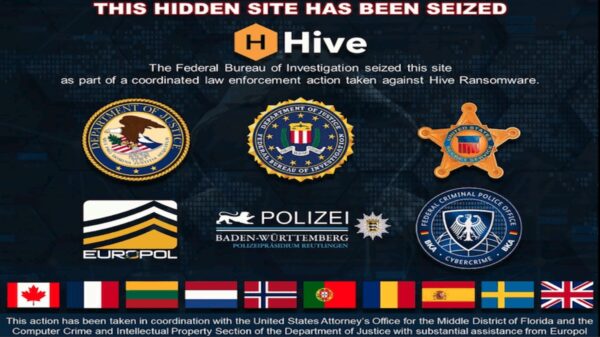The FBI has arrested 14 people after an investigation concluded that they managed to scam more than $1 million dollars from Citibank by exploiting a security protocol used by the financial firm. The crafty scam was best described as Gone in 60 seconds – after the heist film, according to the feds.
According to court records, Ara Keshishyan, 29, of Fillmore, California, has been charged with initiating the scam itself. He started by recruiting help, and supplied his accomplices with seed money that was placed into recently opened bank accounts. Once the money was in the accounts, Keshishyan and the others traveled to various casinos in California and Nevada in order to complete the scam itself.
“When inside the casino, the conspirators, including Keshishyan, used cash advance kiosks at casinos in California and Nevada to withdraw (all within 60 seconds) several times the amount of money deposited into the accounts, by exploiting the Citibank security gap they discovered,” an FBI statement explains.
Related: Enterprises Struggle With Business Logic Attacks
Once the cash was collected, the helpers took their cut and gambled it. In addition to the losses suffered by Citibank, the casinos often provided the fraudsters with free rooms and drinks due to their lavish spending habits. While the crew kept the withdrawals below $10,000 in order to avoid red flags that would federal transaction reporting, Citibank auditors noticed something was off and alerted the authorities anyway.
All 14 people are charged with conspiracy to commit bank fraud and conspiracy to illegally structure financial transactions to avoid reporting requirements. In addition, Keshishyan is charged with 14 counts of bank fraud.
In somewhat related news, the FBI recently announced an expansion to its cybercrime division. While the casino heist isn’t strictly in the realm of cybercrime, it did exploit a vulnerability in Citibank’s security processes, making it an example of the types of advanced crime that the agency wishes to get ahead of.
One of the main goals in the cybercrime division’s expansion is to define the attribution piece, said Richard McFeely, executive assistant director of the Bureau’s Criminal, Cyber, Response, and Services Branch.
“The attribution piece is: who is conducting the attack or the exploitation and what is their motive,” McFeely explained. “In order to get to that, we’ve got to do all the necessary analysis to determine who is at the other end of the keyboard perpetrating these actions.”
The Cyber Division’s main focus now is on cyber intrusions, working closely with the Bureau’s Counterterrorism and Counterintelligence Divisions, the agency said.














